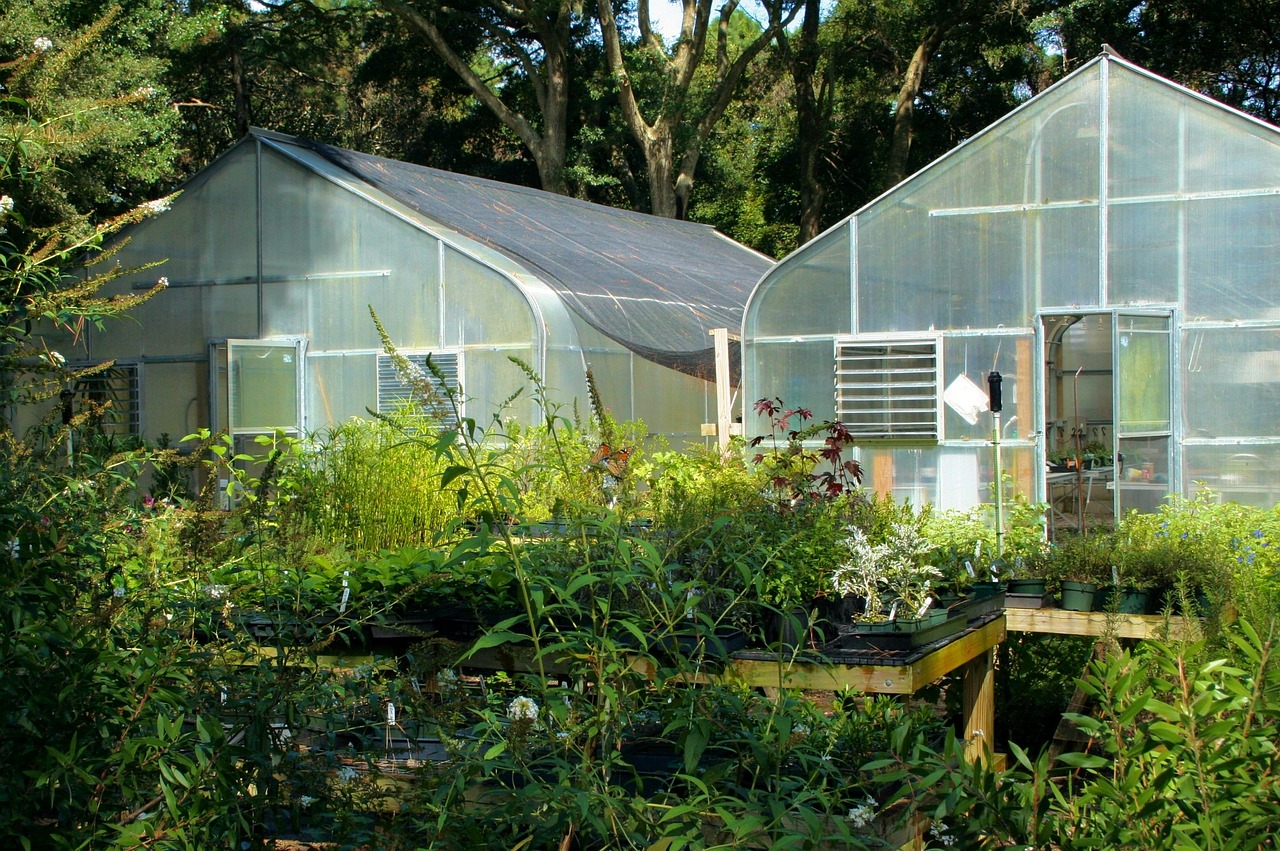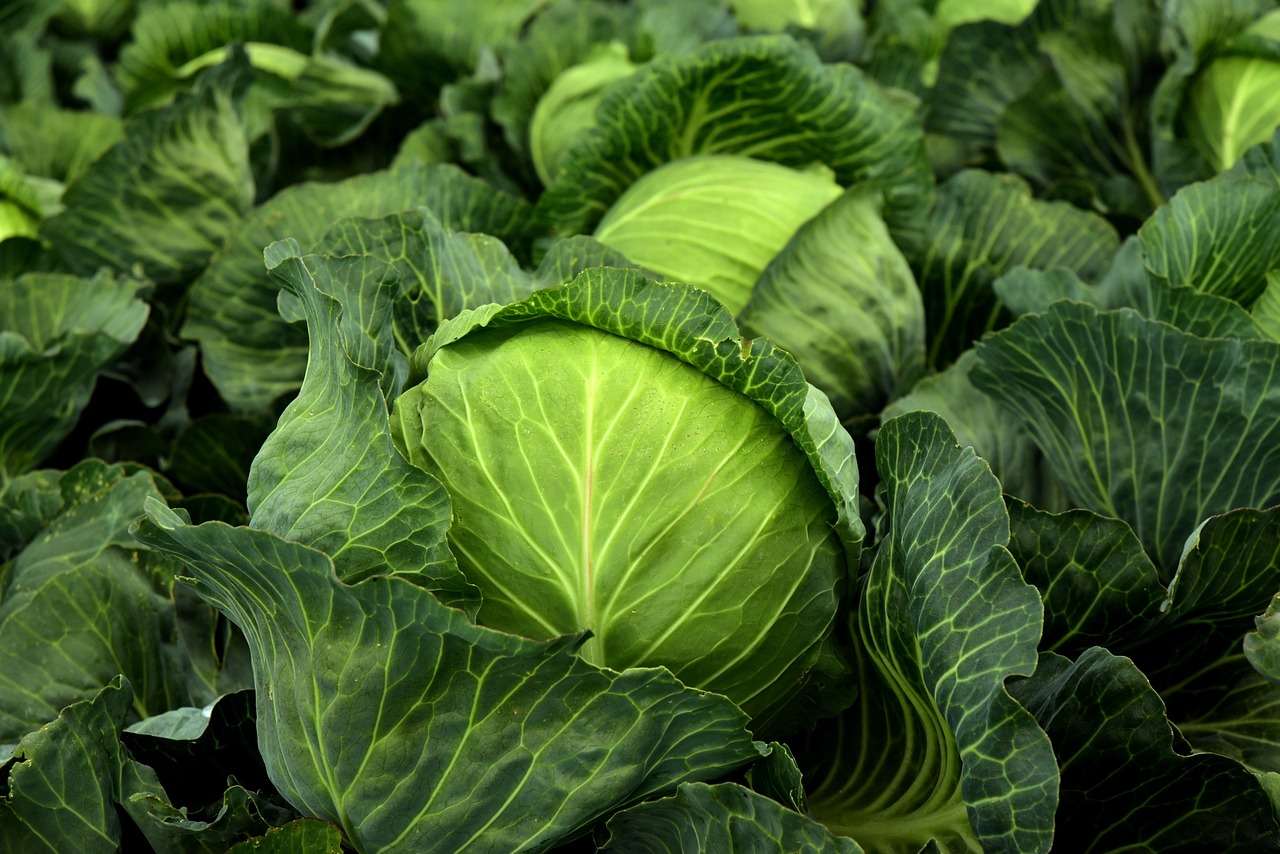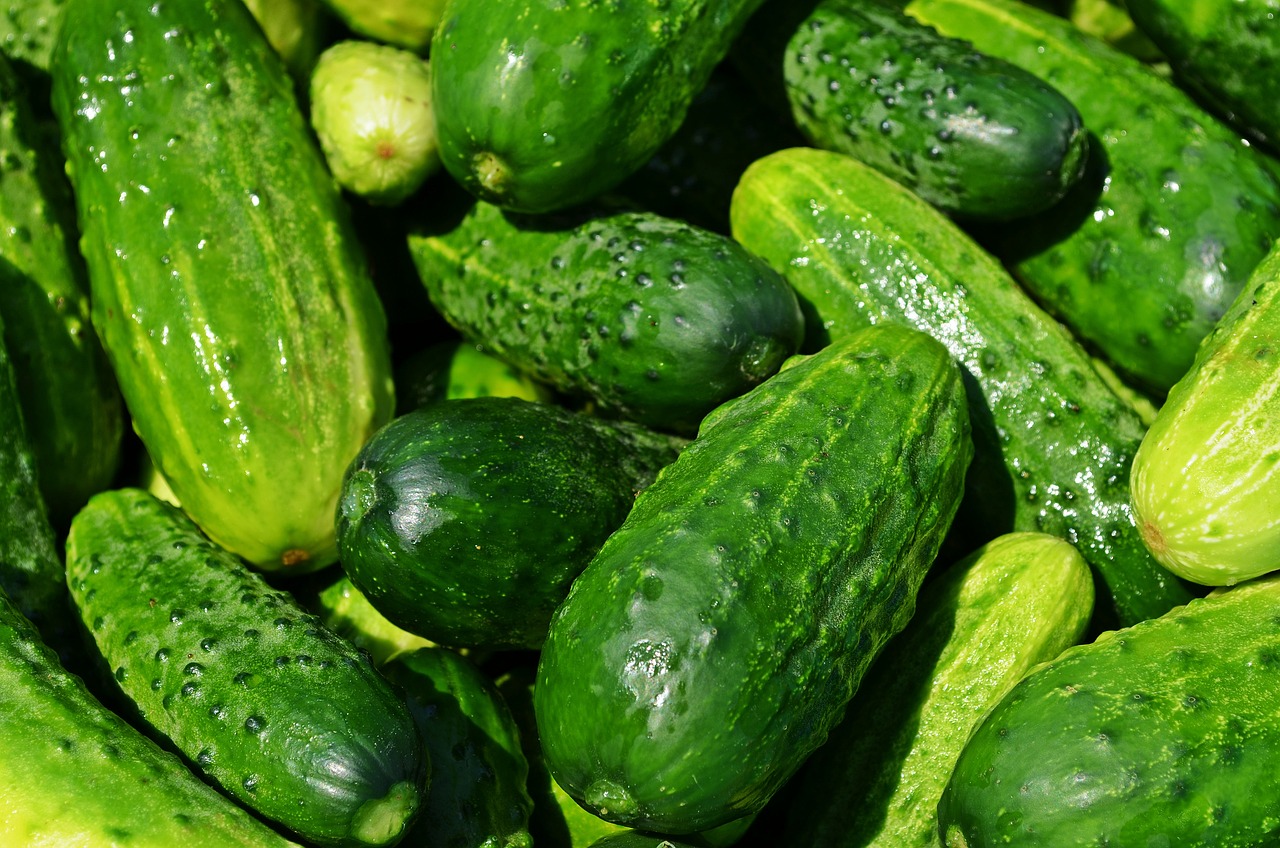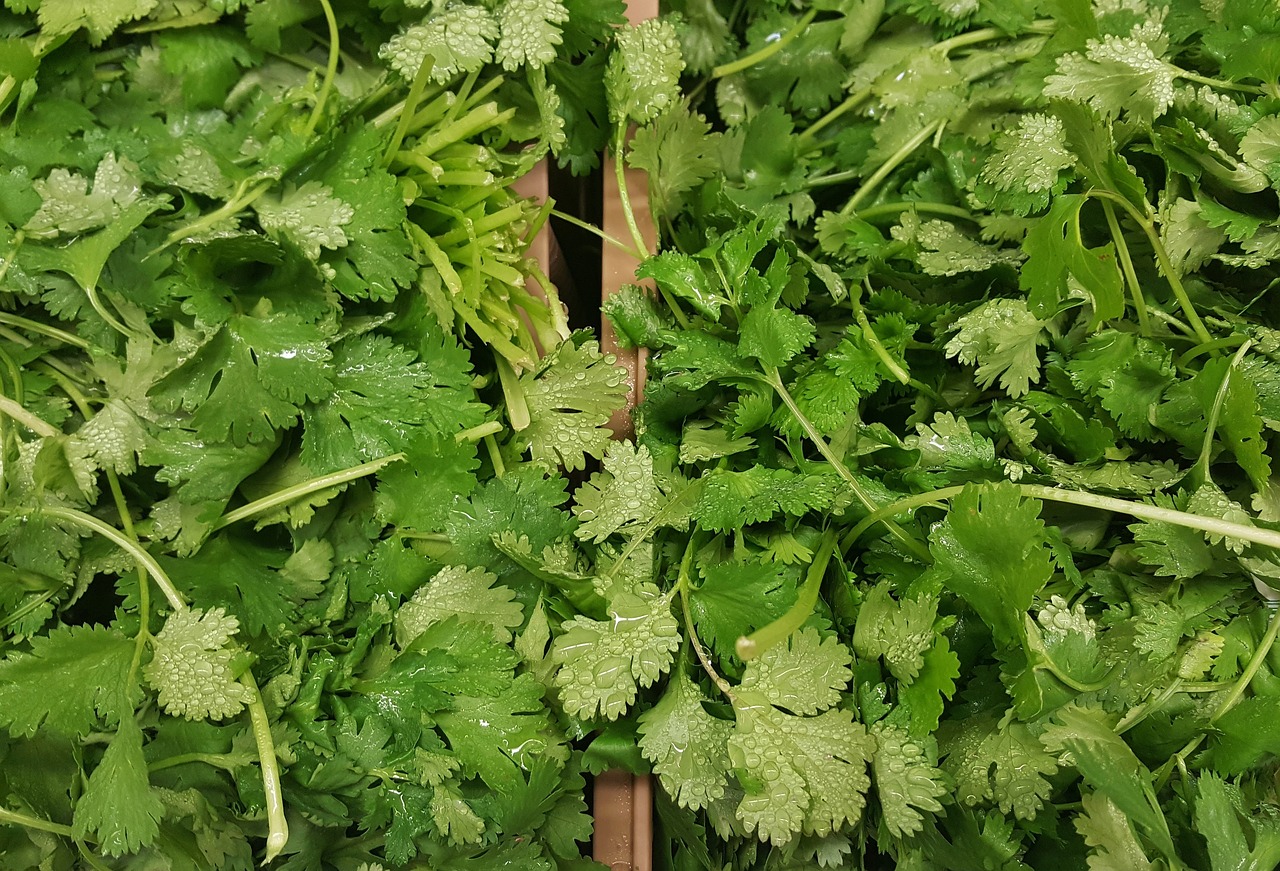Are you tired of spending countless hours tending to your garden? Do you wish you could enjoy a beautiful outdoor space without the constant upkeep? Creating a low-maintenance garden may be just what you need!
By implementing smart design techniques, choosing the right plants, and utilizing time-saving tools, you can have a stunning garden that requires minimal effort on your part.
The key to a successful low-maintenance garden is planning. It’s important to choose plants that are well-suited for your climate and soil conditions, and that require little watering and fertilization.
Additionally, smart design techniques such as grouping plants together based on their water and light needs, and creating designated walkways and seating areas, can help reduce the amount of time you spend maintaining your garden.
With a little bit of effort upfront, you can create a stunning outdoor space that you can enjoy without the constant upkeep.
Choosing the Right Plants for Your Low-Maintenance Garden
You’ll want to choose plants that are easy to care for, so you don’t end up spending all your free time tending to your garden.
One way to do this is by selecting native species. These plants are naturally adapted to your area’s climate and soil conditions, which means they require less maintenance and are more resistant to pests and diseases. Additionally, you might consider container gardening, which involves growing plants in pots or other containers. This method allows you to control the amount of water and nutrients your plants receive, making it easier to maintain their health.
Another way to create a low-maintenance garden is by choosing drought-tolerant options. These plants can survive with minimal water, which means you won’t have to spend as much time watering them. Some popular drought-tolerant plants include cacti, succulents, and lavender.
Finally, if you’re tight on space, you might consider vertical gardening. This involves growing plants on a vertical surface, such as a wall or fence. Not only does this save space, but it also adds visual interest to your garden.
By choosing the right plants for your low-maintenance garden, you can spend more time enjoying your outdoor space and less time working on it.
Implementing Smart Design Techniques
By incorporating smart design techniques, your outdoor space can be transformed into a haven that requires minimal upkeep. Maximizing space is key, so consider using vertical gardening techniques like trellises or hanging baskets to grow plants upwards instead of outwards. This not only saves space but also creates an eye-catching display.
Incorporating natural elements like rocks or gravel can reduce the need for frequent watering or mowing and can also serve as a pathway or border, adding texture and dimension to your garden. Grouping plants with similar watering and sunlight needs together is another smart design technique that makes it easier to care for the plants and enhances their growth and overall appearance.
Adding mulch around the plants can help retain moisture and reduce the need for frequent watering. Lastly, incorporating seating areas or outdoor living spaces can provide an inviting place to relax and enjoy your low-maintenance garden.
By implementing these smart design techniques, you can create a beautiful and functional outdoor space that requires minimal upkeep.
Utilizing Mulch and Other Time-Saving Tools
Using mulch and other time-saving tools can make maintaining your outdoor space a breeze. One of the best ways to reduce the amount of time spent weeding is by using weed barriers. These can come in the form of landscape fabric or plastic sheeting, which are laid down before the mulch is added. This helps to prevent weeds from growing up through the mulch, saving you time and energy in the long run.
Another time-saving tool to consider is selecting drought-tolerant plants. These types of plants require less watering and maintenance, which means less work for you. Look for plants that are native to your area, as they are often well adapted to the local climate and soil conditions.
By incorporating these time-saving strategies into your garden design, you can spend more time enjoying your outdoor space and less time working on it.
Adjusting Your Watering and Fertilization Schedule
When it comes to keeping your plants healthy, it’s important to adjust your watering and fertilization schedule based on their specific needs.
Watering hacks can save you time and effort while maintaining healthy plants. For example, watering deeply and less frequently can encourage the roots to grow deeper, making them more resilient to drought. Additionally, using a drip irrigation system can save you time and water by delivering water directly to the roots of your plants.
Fertilization shortcuts can also make a big difference in maintaining a low-maintenance garden. One effective shortcut is to use slow-release fertilizers that only need to be applied once or twice a year. This will provide your plants with the nutrients they need without requiring frequent applications.
Another option is to use organic fertilizers, such as compost or manure, which can improve the soil health and provide long-term benefits to your plants.
By adjusting your watering and fertilization schedule with these hacks and shortcuts, you can maintain a healthy garden with minimal effort.

Maintenance Tips for Keeping Your Garden Low-Maintenance
Keeping your garden healthy and beautiful doesn’t have to be a time-consuming task. With a few simple maintenance tips, you can minimize the need for constant upkeep.
One of the most effective strategies is to focus on minimizing weeding and pest control. By regularly removing any weeds that do pop up and tackling pest problems as soon as they arise, you can prevent these issues from becoming overwhelming and time-consuming.
Another important factor in creating a low-maintenance garden is to optimize the sunlight and soil quality. Choose plants that thrive in the conditions you have available, whether that means shade-loving varieties or those that require full sun.
Additionally, make sure that your soil is healthy and fertile, as this will help your plants grow strong and resist pests and disease. By following these simple tips, you can keep your garden looking great without spending all your free time on maintenance tasks.
Frequently Asked Questions
How can I create a low-maintenance garden in a small space, like a balcony or patio?
“Maximize your small space with container gardening tips. Choose low-maintenance plants like succulents and herbs. Group plants with similar watering needs and invest in self-watering containers to make maintenance a breeze.” ‘Utilize vertical space by hanging planters or installing shelves to display your plants. Get creative with your containers by using repurposed items like old mugs or tin cans. And don’t forget to regularly prune and fertilize your plants to keep them healthy and thriving.’
Are there any low-maintenance gardening techniques that are pet-friendly?
“Looking for pet-friendly plant options? Consider low maintenance landscaping for households with pets. Choose plants like spider plants, ferns, and succulents that are safe for your furry friends and require minimal upkeep.”
Can I still grow vegetables and herbs in a low-maintenance garden?
Yes, you can grow vegetables and herbs in a low maintenance garden. Use raised beds or containers to reduce weeding and watering. Opt for easy-to-care-for plants like tomatoes, lettuce, and basil. Follow basic herb gardening tips for best results.
What are some low-maintenance alternatives to traditional lawns?
“Looking for a low-maintenance alternative to a traditional lawn? Consider xeriscaping techniques and planting drought-resistant plants. These options require less watering and upkeep, making them perfect for a low-maintenance garden.” ‘Additionally, xeriscaping can also help conserve water and reduce your water bill, while providing a beautiful and unique landscape design.’
How can I incorporate eco-friendly practices into my low-maintenance garden design?
When designing your garden, consider eco-friendly mulching options and drought-resistant plant choices. These practices not only reduce maintenance needs, but also conserve water and promote a sustainable environment.
Conclusion
Congratulations on creating your low-maintenance garden! By choosing the right plants, implementing smart design techniques, utilizing time-saving tools, and adjusting your watering and fertilization schedule, you’ve set yourself up for success. However, your work isn’t quite done yet.
To maintain your low-maintenance garden, there are a few key tips to keep in mind. First, regularly remove any weeds or dead plant matter that may crop up. Additionally, be sure to check your plants regularly for signs of pests or disease, and address any issues promptly.
With a little bit of ongoing maintenance, your low-maintenance garden will continue to thrive for years to come. Congratulations on creating a beautiful, low-maintenance oasis!










